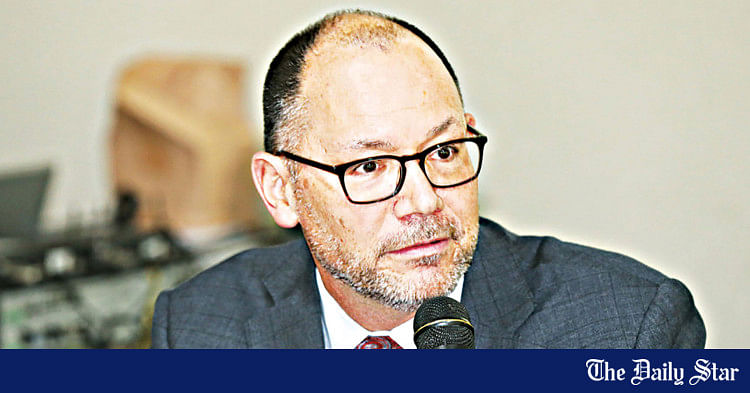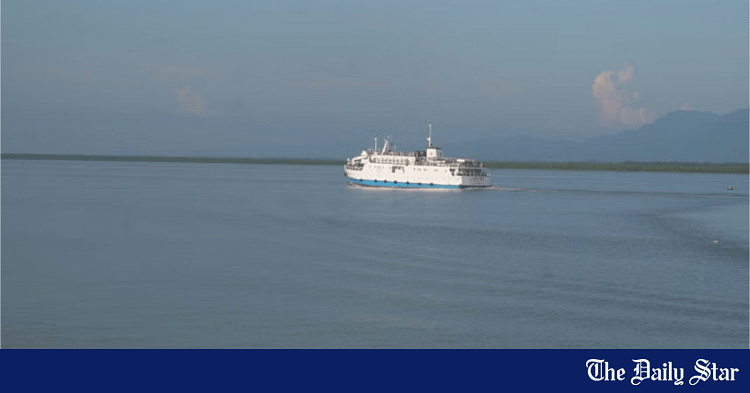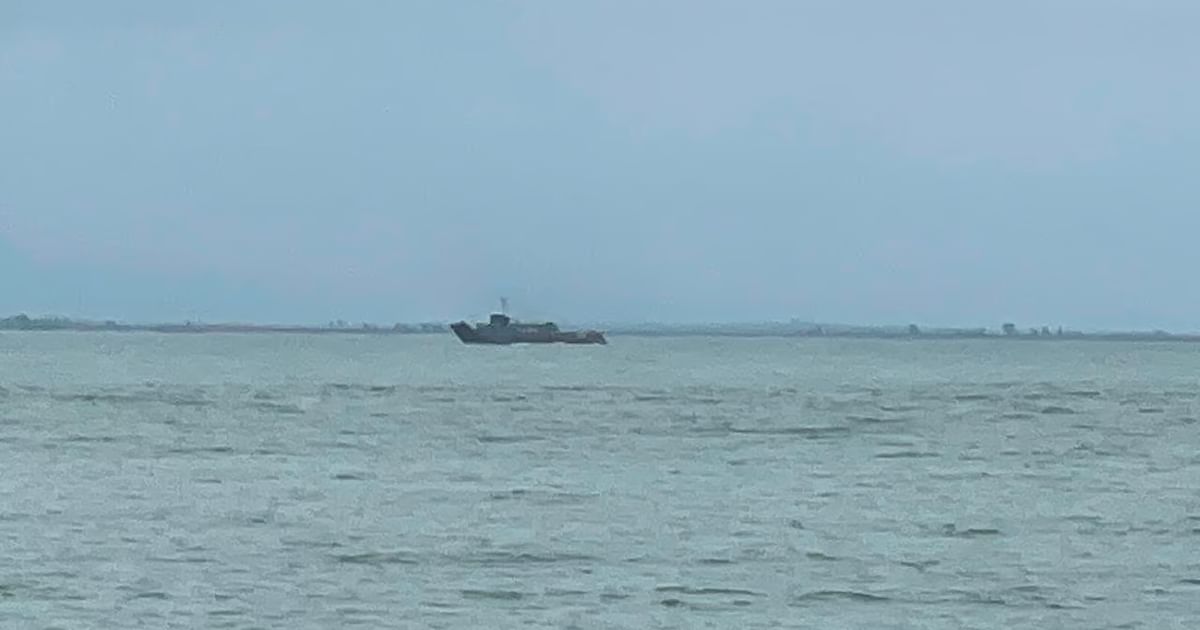A Strategic Analysis of Bangladesh Myanmar Relationship
By Saif
By Saif
Introduction
The strategic and security outlook of Bangladesh is governed by the principles of friendship with all nations and enmity with none, and of preventive diplomacy to engage in constructive dialogue with other nations to reduce the risks of conflict and to resolve disputes in an amicable manner. So, one should not be surprised that Bangladesh is very reluctant to view her neighbors as sources of security threat despite the fact that she is having some bilateral issues such as maritime boundary dispute, illegal refugee influx, illegal drugs and small arms trade along the border, and human trafficking with her neighbors, particularly India, and Myanmar due to their aggressive policy of non-cooperation. Although our stated policy is harmonious and amicable coexistence with all our neighbors, we should not be oblivious of the risk to peace and stability in the border, and therefore we should take cognizance of factors that could create threats to our national security while pursuing a friendly policy toward Myanmar.
In this article we will confine our discussion to understand Myanmar and future strategic scenarios, to discuss a multi-step conflict resolution model to recommend strategic goals to pursue and to find ways to resolve intervening bilateral outstanding issues, and to devise specific strategies to attain those goals to form strategic partnership with Myanmar for mutual benefit.
Study of Myanmar and Future Strategic Scenarios
It is imperative that we do a background study on Myanmar and strategic scenario analysis to anticipate change and assess risk across possible environments so as to formulate appropriate strategies to minimize threats.
Myanmar at a Glance
The Union of Myanmar with a geographical size of 676,578 sq km is the largest country in South-East Asia having borders with China on the North-East, Laos on the East, Thailand on the South-West, Bangladesh on the West, and India on the North-East. It has an uninterrupted 1930 km coastline on the South.
The Bumer or Burman are the dominant ethnic group consisting of 68% of total population, followed by the Shan with 10%, the Kayin 7%, the Rakhine 4%, and the other smaller ethnic groups constitute the rest of the 48,137,741 population of Myanmar. Since the demise of the civilian government of U Nu in 1962, the military-led State Peace and Development Council (SPDC) under General Ne Win is running the country.
Inefficient economic management by the military government, the U.S. led financial and economic sanctions, and poor investment climate have raised the cost of doing business causing lower economic growth and rising poverty in the country.
Although Myanmar is under heavy economic and military embargo for human rights violation and lack of respect for democracy, they have developed strong ties with China, which must be taken into consideration by Bangladesh and the international community because China, as a regional power, will play an important role in a conflict between any countries adjacent to her border. The Tatmadaw (Myanmar armed forces) has been completely revamped with the help of Chinese assistance. It has been reported by international media that, “China sold more than 22 A5M attackers and at least 50 F-7 fighters to the Myanmar air force in 1991 and 1993. Satellite photos have also shown two Chinese-made Y-8 transporters at the Yangon airport. Also, 12 Chinese Lang Chang K-8 jet trainer aircraft have been sold to the country in the past seven years.” Myanmar has raised new divisions with modern armaments and supporting units to make it one of the strongest military powers in South East Asia. They have also actively searched for new suppliers to reduce import risks and approached Israel, Ukraine, and Russia for a range of military hardware from artillery pieces, armored personnel carriers to sophisticated jet fighters. If additional manpower, new weapon systems, improved logistic backup conditions are combined with their enormous experience that they have gained through fighting a counter-insurgency war against the rebels in the last fifty years, they automatically become a greater military power than Bangladesh. But their weakness lies in their fragile economy and isolation from the international community, which I believe, put them in a disadvantageous position to achieve a desired end in a war against Bangladesh.
Strategic Scenarios
Scenario development must be undertaken to understand the nature and magnitude of future strategic challenges in Bangladesh-Myanmar relationship, and to identify the factors that need to be addressed in the strategic planning process to mitigate those challenges. Three strategic scenarios could emerge in the future in Bangladesh-Myanmar relationship:
Amicable co-existence
The existing economic, political, and strategic realities may prompt Myanmar to take a more re-conciliatory approach toward its bigger economic, politically more stable, and internationally more influential neighbor---Bangladesh. This may cause resolution of bilateral outstanding issues between Bangladesh and Myanmar and integration of their economies to pave the way for a broad-based bilateral relations between them.
Confrontation
Not being democratically elected, and being pressured by international community, the politically insecure military regime may opt for a closed-door policy to refuse to cooperate in a meaningful way which may snow-ball the existing problems leading to an inevitable confrontation.
Between Harmony and Confrontation
Isolated, sanctioned, and bullied by major Western powers, the military regime may, on the one hand, harvest a close diplomatic relation with Bangladesh to derive economic and investment opportunities, but on the other hand, may still show the same rigidity in arriving at an amicable solution to the outstanding issues.
Source: https://www.PKDefense.com
Last edited:


















